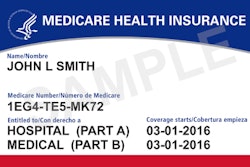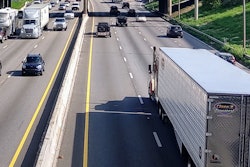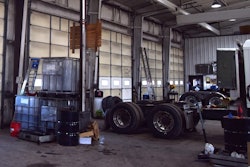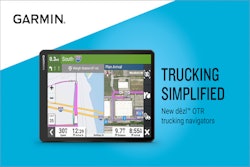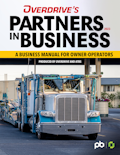Whenever I tell this story in my day-to-day life, following all the bouncing balls contained within it typically makes my listeners’ eyes cloud over and roll back into their heads. Yet if you’re a carrier working the spot market, or a legitimate freight broker, I’ll wager it holds lessons for us all when it comes to bad actors inserting themselves into our freight transactions.
As we know, over the past couple of years, truckload rates (specifically for dry vans) have been all over the place.
 Jon Asiala, the author of this story, operates a small fleet and brokerage out of Traverse City, Michigan.
Jon Asiala, the author of this story, operates a small fleet and brokerage out of Traverse City, Michigan.
[Related: Fight double-brokering fraud: Prevention, ways to elevate enforcement]
I posted an available load for a dry van set to travel from Indianapolis, Indiana, to Charlevoix, Michigan. It was a Friday, so I was feeling the heat -- I knew my customer really needed the product delivered on Saturday, and I’d just been bailed on by a carrier. (I do have history with that carrier, though, so I believe they truly had to bail. I didn’t hold it against them.) I didn’t have a lot of faith that we would cover the load, mostly because my rate with my customer was a contract rate and well below the current spot rate. Let’s say that I was billing my customer $1,100 -- on that Friday, the going spot market rate was probably closer to $1,400.
“Luckily,” when I posted the load on a well-known load board, I was contacted by a carrier that wanted the load and agreed to my rate as long as we agreed to quick-pay upon delivery. In retrospect, this might have been red-flag No. 1, though at the time it felt like we both were getting something we wanted.
We exchanged paperwork, and I verified his existence through the federal SAFER website. I purposefully left the pick-up number off of the rate confirmation to ensure that the carrier/driver would call for it when he arrived at the shipper. Within 3 hours, the carrier called asking for the pick-up number. By 5 p.m., I verified with the shipper that the load had been picked up. Saturday morning, the driver had not arrived yet, and I was getting impatient with my inability to reach the dispatcher or his inability or unwillingness to call me back. Finally, around 10 a.m. I verified with my customer that they did receive the load.


